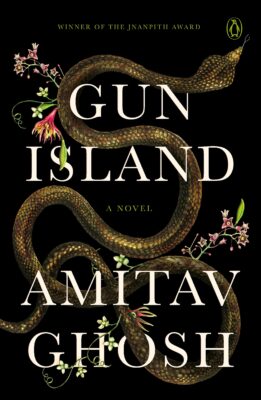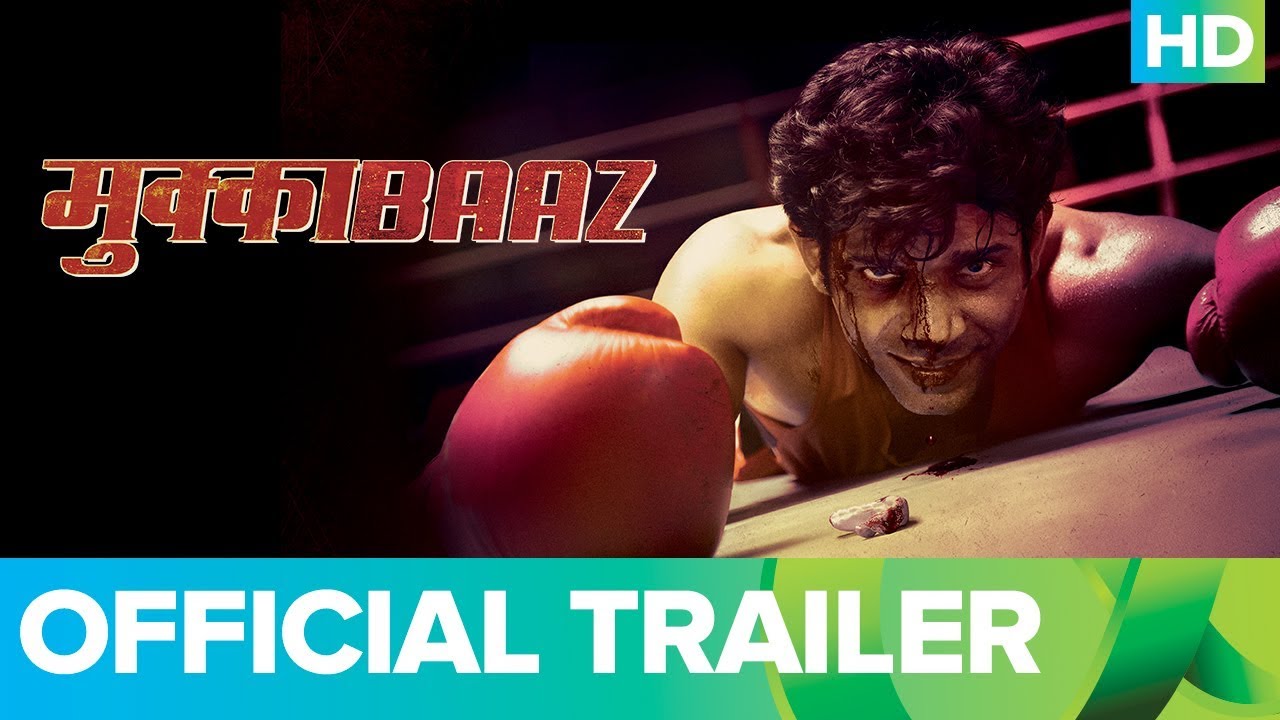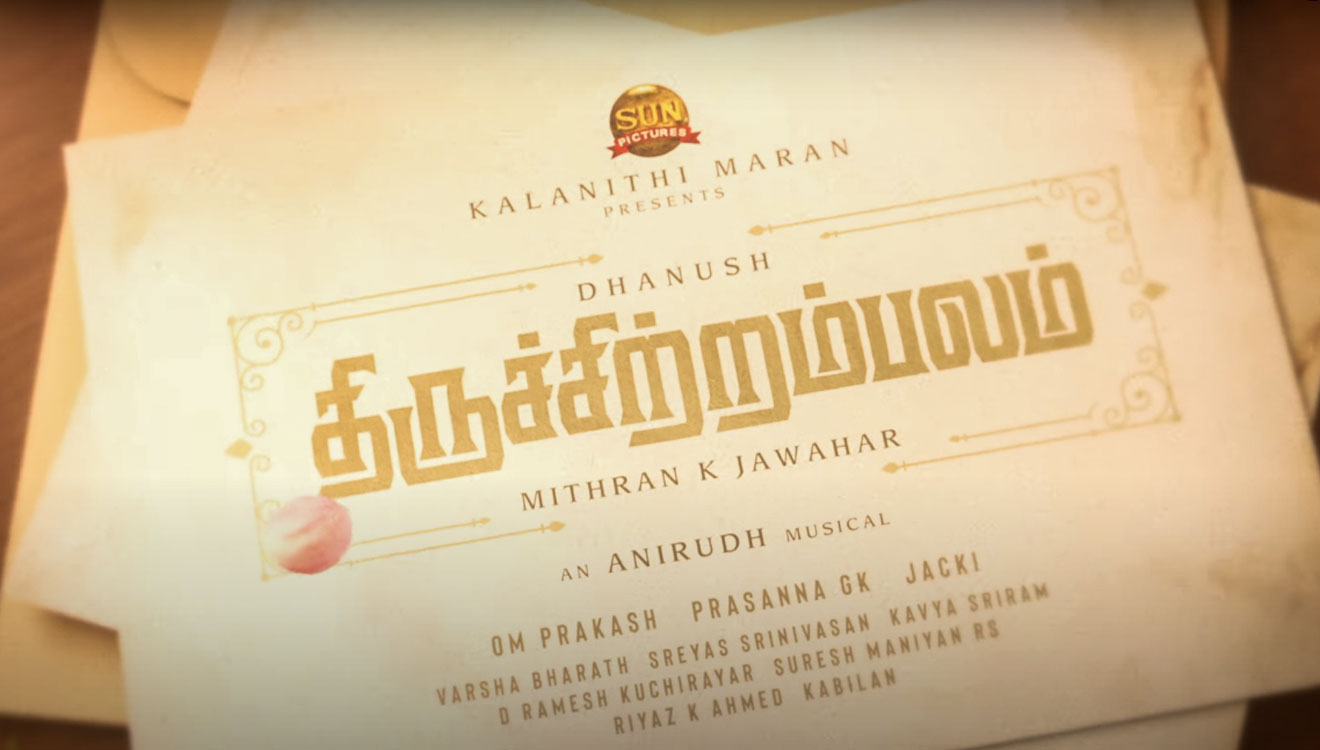Earlier this week, author Neil Gaiman revealed his “biggest secret” in a tweet – that he wrote the English dubbed version of Hayao Miyazaki’s anime classic, Princess Mononoke. While this was news to me and many others on Twitter, I discovered that the Internet already knew of this. In an interview from 2003, Gaiman criticised the dubbing process and the release of the film, and wished it reached a wider audience. When the English dub of Mononoke was ready, Studio Ghibli (the Japanese producers) watched it and asked Miramax (who produced the dubbed version) to remove the names of some Miramax executives from the credits. The executives, in a Mononoke-esque display of short-sightedness, retained their names and removed Gaiman’s name. The Internet has restored the balance for him, for we will forever associate his name with Mononoke, but will never remember the names of any of those Miramax executives.
Gaiman’s tweet couldn’t have come at a more relevant time. Heatwaves across Europe and floods in many States in India have put man’s relationship with the environment in sharp focus – exactly what Princess Mononoke deals with.
Prince Ashitaka, who drives the film’s plot, receives a curse on his arm in a battle with a demon-possessed boar. To find a cure for this curse, he must travel west to where the demon came from. Early in his travels, he has a strange companion, Jigo, a monk of some sort. Ashitaka and Jigo sit around a campfire discussing Ashitaka’s curse and his mission. They are in an abandoned village that was once a thriving community. The conversation turns to everything that is wrong with the world – hunger, famine, disease, war and poverty. Jigo asks, “So you say you’re under a curse. So what? So is the whole damn world.”
That “curse” is a repeating metaphor in the film. Lady Eboshi, the leader of a place called Irontown, clears forests to mine iron and manufacture firearms. She is “cursing” the environment, but she isn’t all evil. The residents of Irontown are outcasts – lepers, widows, former sex workers. Someone has “cursed” these people, and they find a cure for this curse in Irontown, thanks to Eboshi. Irontown, in turn, “curses” the forest and the beings within. And finally, to complete the cycle of curses, the beings of the forest led by Princess Mononoke set out to destroy Lady Eboshi and Irontown. Somewhere in the middle, Jigo turns traitor and sets off a series of curses in his wake.
Mononoke tells us that we are all morally murky actors. Our Government (when it doesn’t pooh-pooh climate change with “Climate change nahi hua hai, hum change ho gaye hain”, at least) sings paeans to the environment one day and announces new mining leases in pristine forests the next day. We build over rivers; we reclaim land from the sea. We drill, quarry and log away to glory. Yet, like the inhabitants of Irontown, there is no denying that at least in the short run, people do benefit from these things. Hell, civilisation exists because we have constantly taken liberties with the environment. But a point comes in our journey when we must ask ourselves, as Ramachandra Guha did in what I consider some of his most important writing, “How much should a person consume?”
My hometown Manipal, for instance, is like a real-life Irontown. Less than a century ago, tigers called it home. There was no town, no people. It was a forest on a hilltop, a few kilometres from the sea and a few kilometres from the Western Ghats. TMA Pai, our ‘Eboshi’, was an educationist and started a medical and engineering college in the 50s there. When I grew up there in the 90s, despite the popularity of these two colleges and the allied institutions that came up, Manipal was still a sleepy coastal hill town where hiking through the forest was still a legitimate pastime. The balance has tipped since. There is almost no forest around Manipal anymore. Everything has been razed to the ground and built over. The little remaining nature is now commodified – neat jogging tracks, manicured gardens, organised boating and watersports.
The first time I watched Mononoke, in 2004, Manipal still had some of its unkempt wildness. Each time I have watched it since, Manipal has unleashed the curse on its surroundings more. Can Manipal continue to take the Eboshi defence that it is doing good for the local economy, that it provides education and world-class medical care for cheap when this summer saw its most acute water shortage, and this monsoon saw its first flood in decades?

81h+GfNqXxL
I recently read Amitav Ghosh’s new novel, Gun Island, in which he too grapples with climate change and migration. The novel flits between the Sundarbans and Venice, two places defined by their symbiotic relationship with water. The ‘Eboshis’ of these two worlds disturb the balance of both places. Venice, like Irontown, supports many outcasts (like the Bangladeshi migrants who run the tourism industry), but it is this very tourism industry that threatens to undo Venice. Another “curse” in the book is a refinery on the Sundarbans that leads to discharge of toxins in the delta. Dolphins, unable to breathe, beach themselves – a kind of mass suicide that some marine biologists and reporters witness live. A group of environment lawyers decides to take this to the Supreme Court, and remark, “Some of the judges are vegetarians; they get really upset when they see stuff like that – maybe even enough to rule against corporate interests.” That irony right there, belongs to the Mononoke universe. It could even be a line dubbed by Gaiman.
Even in Mononoke, each character pits one injustice against another, but ultimately acts in self-interest. The film, being a myth, and structured like a parable, ends with some hope. By the end, Irontown is destroyed and partly restored. Ashitaka, curse-free, lives there, and strives to build a town that can live alongside the forest. Mononoke says she can never forgive the humans and moves back to the forest. Eboshi has lost her arm and understands why it all went wrong and vows to build a better town, perhaps one that does not take her surroundings for granted. The forest, a character equal to every other in the film, limps back to normalcy. Some kind of balance has been restored.
Princess Mononoke is a masterpiece. In the 15 years that I have known it, from the Chennai floods of 2015, the cyclone of 2016 to the drought this year, from Bangalore’s lakes catching fire and schools of dead fish showing up in other lakes, I have seen every city I have lived in face some kind of ecological disaster or the other. Its message seems more urgent than ever with each passing day.
The film is most importantly an achievement in animation, a hand-drawn full-length animation film that rivals most computer-animated material, where the rich eye of an artist makes the world more brilliant than a computer could dream up. It works in different layers as a spellbinding narrative and a big metaphor at the same time. It is contemporary and yet fantastical; it is unreal and yet real. It tells you to understand and respect the world around you. For this reason, it is one of my favourite films. And, it is more important today than ever before as the world reels under a climate emergency.



